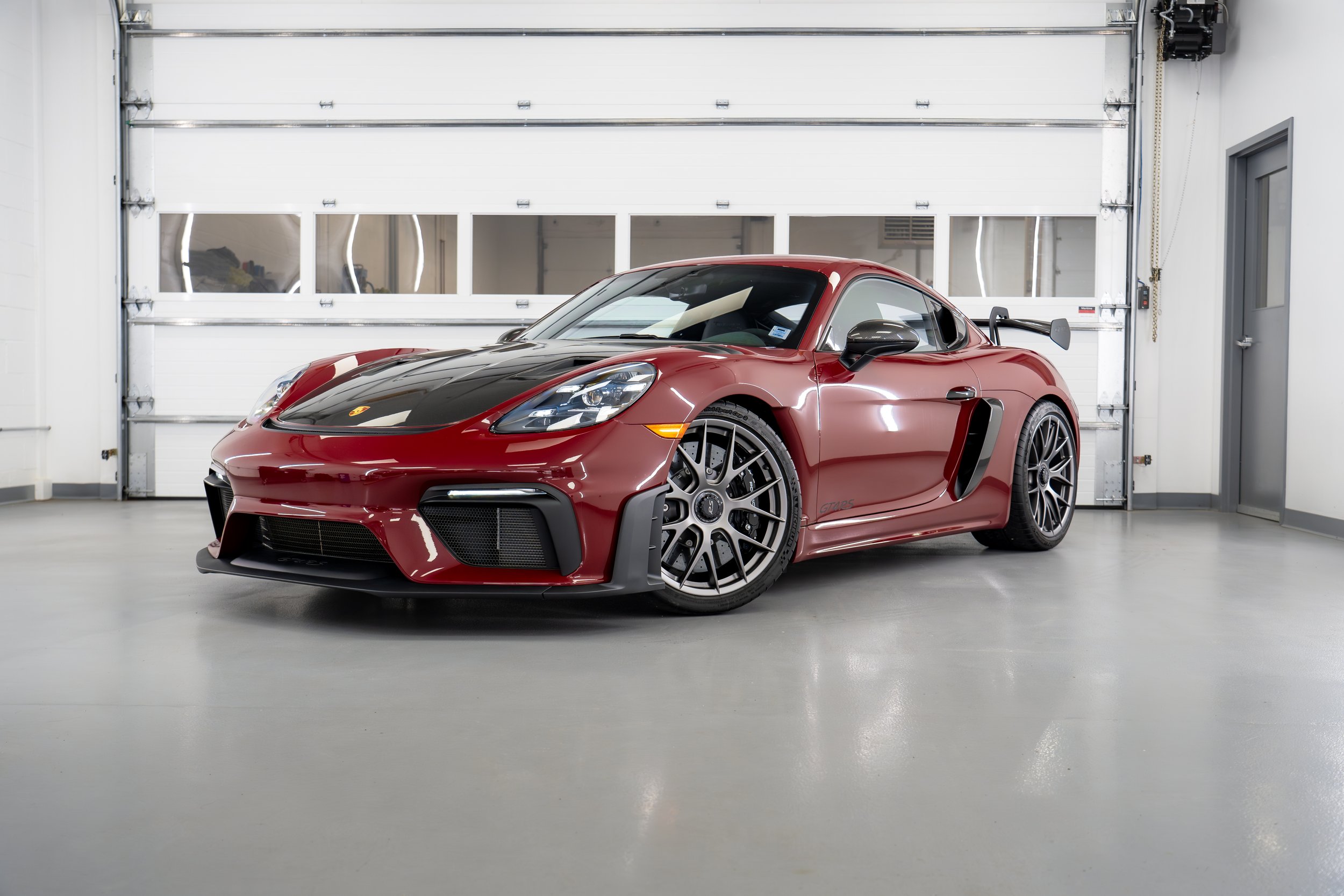Things you NEED to know about Paint Protection Film (PPF)
Installing Paint Protection Film (PPF) is a complex and intricate process, often posing challenges such as pattern difficulty, time consumption, and costliness. The material itself is not cheap, and any presence of dirt, hair, or silvering (film stretched too much) may necessitate replacing the affected section.
Common issues during installation include bubbles, lift lines, and water under the film. Lift lines occur when a section must be lifted to eliminate air bubbles or specks of dirt. While air bubbles may naturally evaporate over time when exposed to heat, persistent ones may require removal with a needle which in itself is an intricate process.
Reputable installers strive for perfection, but achieving flawless results is challenging. Dust contamination is almost inevitable unless PPF is installed in an enclosed space with advanced filtration systems. Pre-existing flaws in the paint, such as scratches, rock chips, or debris, become more noticeable after PPF application if not addressed before hand. Even in high-end vehicles, imperfections like hair, fingerprints, or dirt may be visible if not addressed before PPF installation.
The condition of the vehicle also significantly influences PPF installation. A swirl-free, scratch-free, and defect-free surface is desirable. Even brand-new vehicles may have imperfections, necessitating paint correction before applying PPF.
PPF installation is a meticulous process and we have over a decade of experience with it. Through trial and error, experimentation and practicing a wide variety of techniques and products we’ve honed our skills to be one of the best on the market.

